Look up at the night sky and you will see countless shining stars. For many people, this is a breathtaking sight that makes them wonder about the universe. Kids often find the night sky captivating. Learning about stars and constellations can take their imagination on a fun and educational adventure.
Stars are massive celestial bodies of hot gases, consisting mainly of hydrogen and helium. They generate light and heat through nuclear reactions in their centre. Every star has its life cycle, starting as a nebula, a cloud of gas and dust, and then becoming a main-sequence star, similar to the sun. Some stars die in spectacular explosions known as supernovae, while others shrink into very dense forms like neutron stars or black holes.
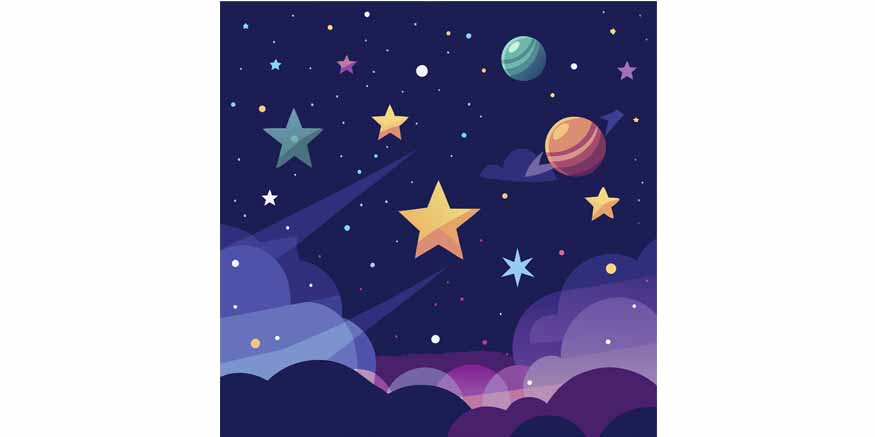
For kids, we can break down the star’s characteristic features into simple parts like brightness, colour, and size. Brightness is about how much light a star emits. Some stars look dim because they are far away. Stars can be different colours, from red to blue, based on their temperature; cooler stars appear red, and hotter stars shine blue. Their sizes also differ, with some stars being much bigger than the sun and others being smaller.
Understanding what is Constellation
Constellations are groups of stars that different cultures have recognised and named over time. These groups often look like animals, legendary figures, or objects. For children, exploring constellations can be turned into a fun treasure hunt in the sky, where they uncover the tales hidden among the stars.
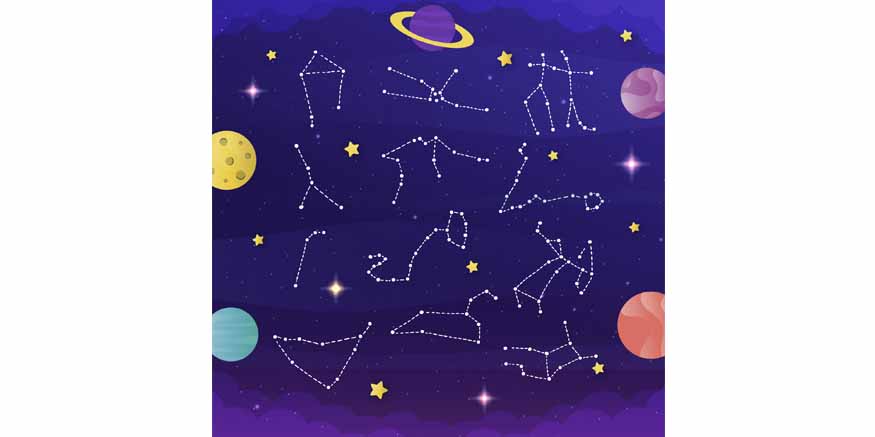
The idea of constellations goes back to ancient societies such as the Greeks, Egyptians, and Chinese, who relied on them for navigation and as part of their mythologies. Today, astronomers acknowledge 88 official constellations, each with its special stars and background.
Famous Constellations for kids
Many constellations are popular among children because of their unique shapes and interesting tales.
- Orion
- Ursa Major
- Cassiopeia
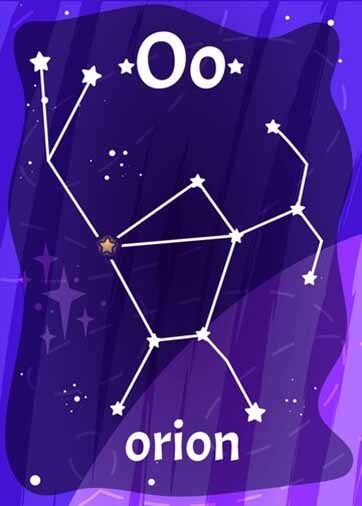
Orion is one of the most famous constellations in the night sky, named after the hunter from Greek mythology. Some archaeologists believe that the earliest known image of this constellation is around 32,000 years old, found in a mammoth ivory carving in a cave in Germany. Within Orion, there is a smaller group of three stars that form a line, known as Orion’s Belt, because it resembles a belt.
Ursa Major, or the Great Bear, is the third largest known constellation. Its exact discovery date is unclear, but it was recognised by the 2nd century and listed by the astronomer Ptolemy. Some stories about hunting and great bears are believed to be over ten thousand years old.
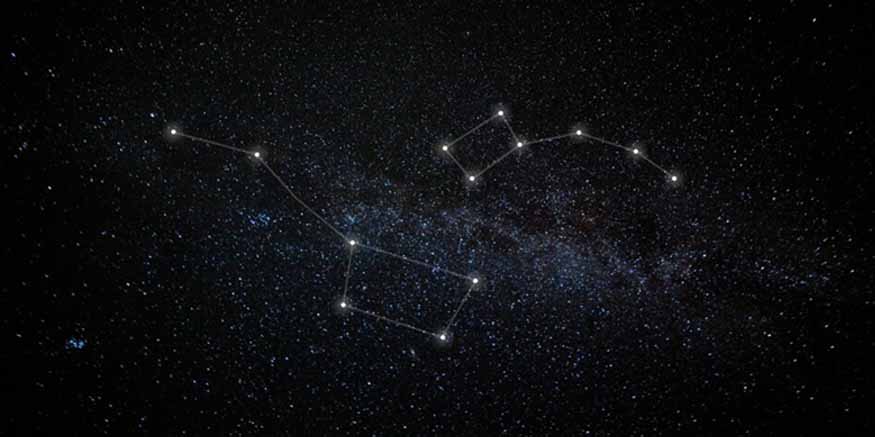
One of its main features is a pattern of seven stars called the Plough. This constellation is significant because it directs people to the north star, aiding navigation in the northern hemisphere like a compass.
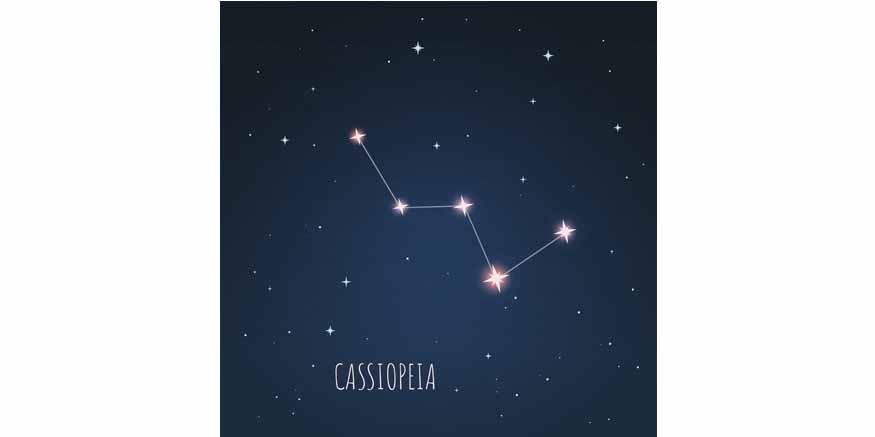
Cassiopeia is a large group of stars located in the northern sky, named after a queen from Greek mythology. It is often called the ‘W’ constellation due to its unique W shape created by its five brightest stars. Greek astronomer, Ptolemy first recorded this constellation in the 2nd century.
Exploring stars for kids
Children can discover more about stars through fun activities and resources. Here are some suggestions to help them begin:
- Star maps and apps
- Telescope observations
- Astronomy groups and planetariums
- Stories and myths
Star maps are guides to the night sky that assist in finding stars and constellations. There are many apps that use augmented reality to display the positions of stars and constellations when you point your device at the sky.
A basic telescope allows kids to see stars and planets up close. They can notice the different colours and brightness of stars and even find moons and other celestial objects.
Joining an astronomy group or going to a planetarium can help kids learn more about stars and constellations from field experts. Many planetariums have shows designed for kids that explain difficult ideas in a fun way.
Learning about the stories behind constellations can make the experience more enjoyable. Many constellations have fascinating mythological tales that can spark children’s imaginations.
Learning about stars and constellations goes beyond just spotting shapes in the sky; it helps us understand the vast universe and our role in it. Stars form the core of galaxies, and their life cycles are essential for creating new stars and planets. By examining stars, researchers can uncover details about how our solar system began and the chances of life existing elsewhere in the universe.
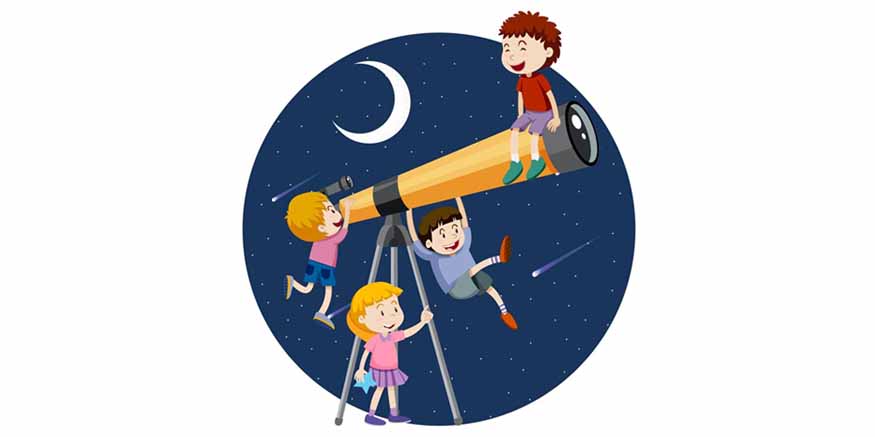
Constellations also hold practical and cultural importance. In the past, they guided sailors and travellers, helping them navigate. Different cultures have used constellations to indicate seasons and manage farming activities. Even today, constellations are a source of inspiration behind various spark creative pursuits in art and literature and even the naming of space missions.
Discovering stars and constellations can spark a love for astronomy in children, encouraging a lasting interest in science and nature. By learning about stars and participating in activities like stargazing, storytelling, and using star charts, kids can start an exciting and educational adventure through space. The night sky is like a huge canvas, with each star and constellation sharing a unique story waiting to be explored.
At Mother’s Pet Kindergarten, we motivate young minds to explore the wonders of the universe. With engaging lessons, enjoyable activities, and a supportive atmosphere, we help children cultivate a passion for learning and curiosity about their surroundings.

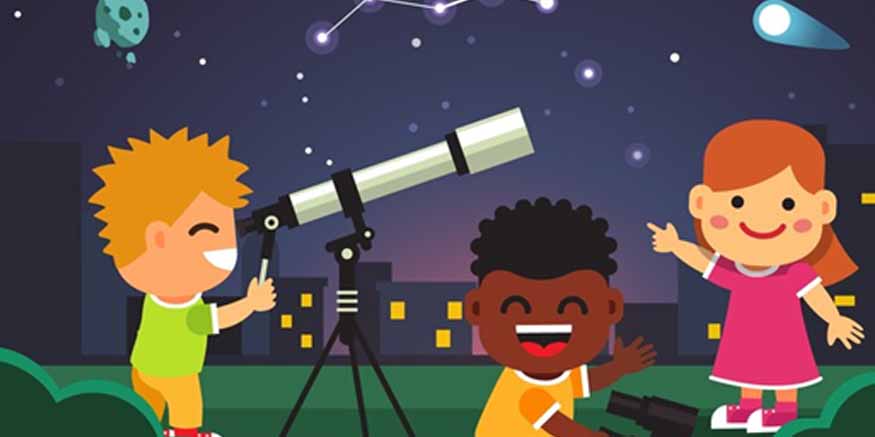

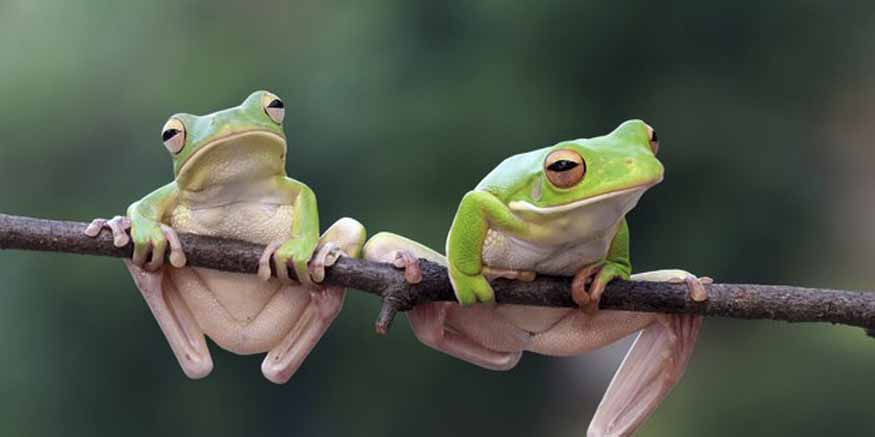


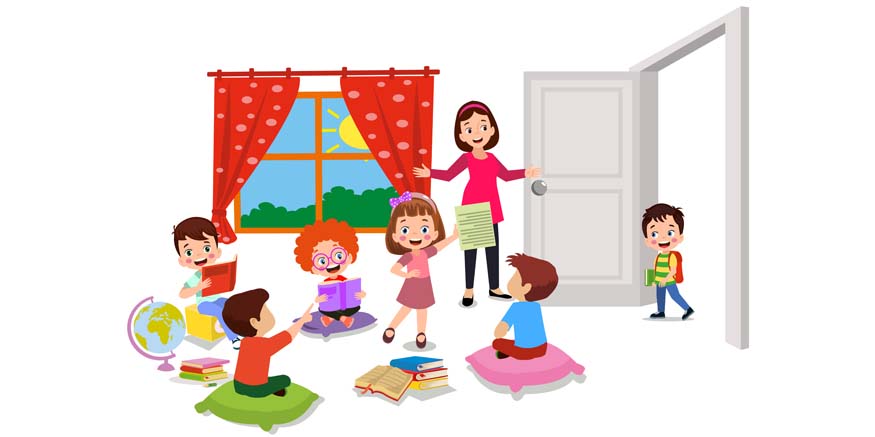

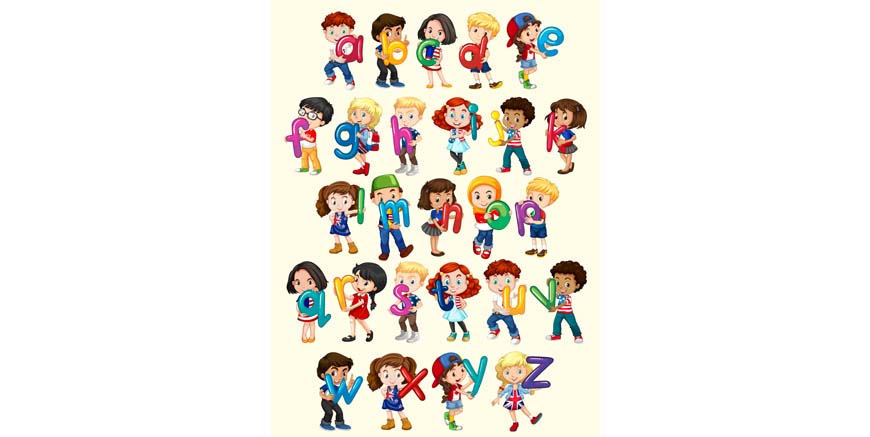

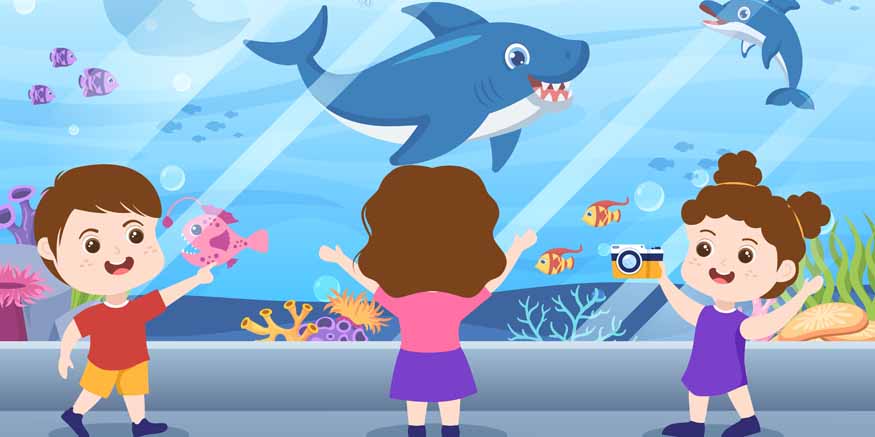
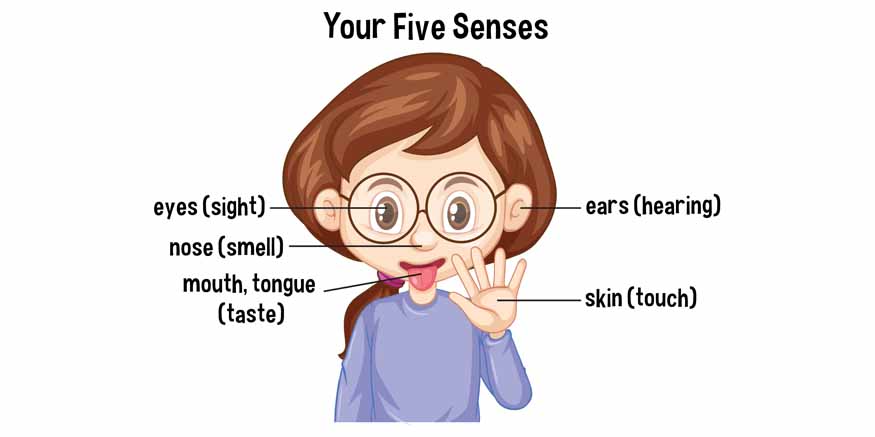

Recent Comments